May 28, 2025 | 04:14 GMT +7
May 28, 2025 | 04:14 GMT +7
Hotline: 0913.378.918
May 28, 2025 | 04:14 GMT +7
Hotline: 0913.378.918
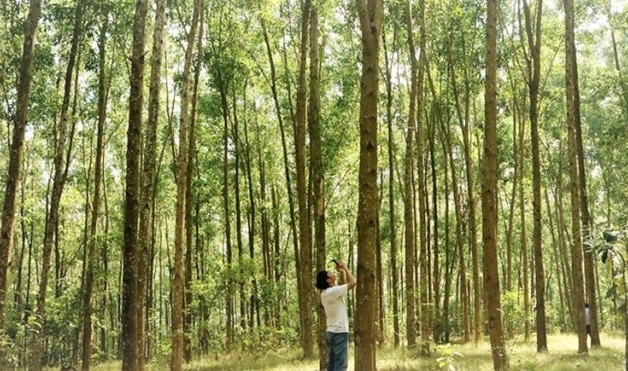
In 10 months of 2024, wood and forestry products exports reached USD 14.05 billion, up 19.9%.
According to the Ministry of Agriculture and Rural Development, the total export turnover of agriculture, forestry, and fishery products in the first 10 months reached USD 51.74 billion, an increase of 20.2% over the same period in 2023. Particularly for wood and forestry products, in the first 10 months of 2024, the exports reached USD 14.05 billion, an increase of 19.9%; the export surplus was USD 11.75 billion, an increase of 18.8% over the same period in 2023.
In addition to the achieved results, wood and forestry product exports are also facing the problem of unsustainability. Mr. Nguyen Tuan Hung, Forest Products Processing and Trade Department (Forestry Department) said that the impact of global fluctuations, fluctuations such as epidemics (COVID-19), natural disasters, especially political conflicts in the world, had caused disruptions in the supply chain, escalating fuel and transportation costs, causing the price of imported raw wood to increase sharply, promoting the wood processing industry to switch to using domestic raw wood to reduce dependence on imports.
Land accumulation to have a large enough scale for commodity production is challenging to implement due to regulations on land limits; people still have the mindset of doing small-scale business, lacking long-term and sustainable connections. Forestry planning is still limited, and land allocation is still in dispute and overlaps, causing difficulties in developing planned areas for forest plantation development to produce raw wood materials.
Borrowing capital from banks is still tricky; the loan period is short and requires collateral, so businesses and households have difficulty accessing loans. According to current policies, the source of funding support from the state budget has not met the needs of practice. The current policy of linking the development of raw material areas and purchasing forest products has not encouraged businesses and people to participate.
Vietnam's major export markets for timber and timber products, such as the United States, the EU, Japan, South Korea, and China (accounting for more than 90% of Vietnam's timber and forestry product export value), are increasingly applying strict regulations on legal timber and requiring sustainable forest management certification. Therefore, developing raw timber sources from certified forest areas is a prerequisite to maintaining and expanding these export markets. However, the cost of producing sustainable forest management plans and forest certification is relatively high, especially for small-scale farmers in remote areas. Currently, the country has more than 1 million forest owners, managing over 45.5% of the production forest area (equivalent to 1.82 million hectares). They have limited financial resources and find it challenging to mobilize capital to implement sustainable forest management certification.
According to statistics from the Forestry Department, up to now, the whole country has planted and converted 445,480 hectares of large timber plantations. Of these, the North Central provinces have reached 234,847 hectares, the highest in the country, accounting for 52.7%. This region also has nearly 105 thousand hectares of forests certified for sustainable forest management, accounting for almost 20.4% of the certified forest area in the country.
The North Central region also ranks second in the country in attracting businesses to cooperate and associate with forest owners to invest in planting large timber production forests, with sustainable forest management certificates, after the Northeast region. Still, the development is not commensurate with the region's potential.
Specifically, the area of large timber forests with sustainable forest management certificates due to cooperation and association between enterprises and forest owners only accounts for over 3.5% of the total planted forest area of the region and 44% of the total forest area with sustainable forest management certificates.
Developing cooperation, association, and investment in planting large timber production forests with sustainable forest management certificates in the North Central region still has certain difficulties and problems. Accordingly, few enterprises are interested in cooperating and associating with forest owners to invest in planting large timber production forests with sustainable forest management certificates and consuming products. At times, the selling price of wood with sustainable forest management certificates is not much different from that of wood without sustainable forest management certificates, not commensurate with the cost of obtaining sustainable forest management certificates;...
To attract cooperation and linkage in planting large timber production forests with sustainable forest management certificates, experts recommend that localities review and continue to improve mechanisms and policies and effectively implement support policies to create conditions and attract businesses and forest owners to participate in cooperation and linkage in investing in planting large timber production forests with sustainable forest management certificates.
In addition, promptly evaluate and summarize effective cooperation and linkage models in planting large timber production forests with sustainable forest management certificates as a basis for replication. Promote the organization of conferences, exhibitions, etc., to promote products and encourage economic sectors to participate in cooperation and linkage in investing in planting large timber production forests with sustainable forest management certificates associated with processing and export markets.
Translated by Huong Giang
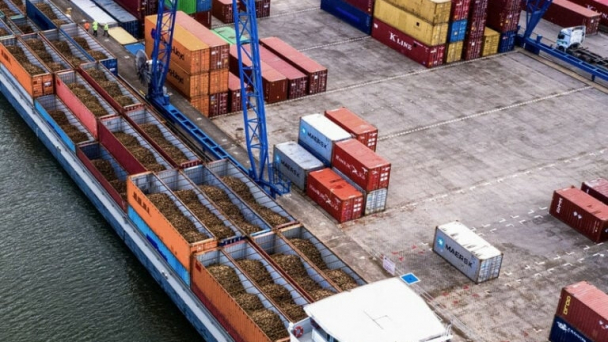
(VAN) The mutual export of agrifood products between the European Union (EU) and the United Kingdom (UK) must occur again without certification, border controls or other red tape. This was agreed at the UK-EU summit.
/2025/05/22/5121-2-173645_677.jpg)
(VAN) NBSAP Tracker identifies strengths and areas for improvement in the National Biodiversity Strategy, based on each region’s priorities and capacities.
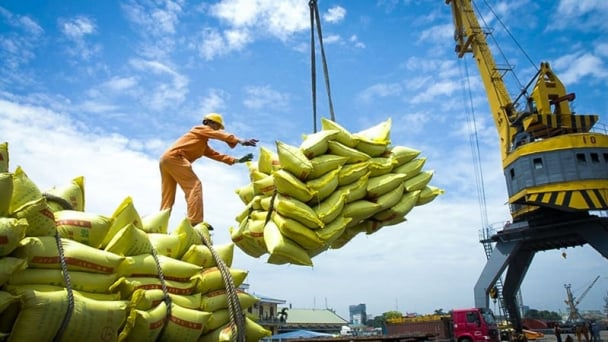
(VAN) The draft amendment to the Circular on rice export trading stipulates a periodic reporting regime for rice exporting enterprises.
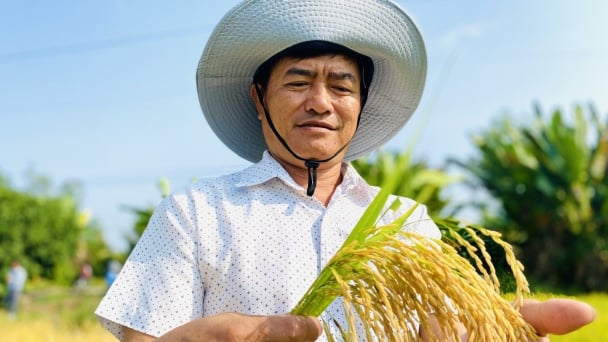
(VAN) Dong Thap farmers attained an average profit margin of 64% during the summer-autumn 2024 crop (first season), while An Giang and Kien Giang farmers followed with 56% and 54%, respectively.
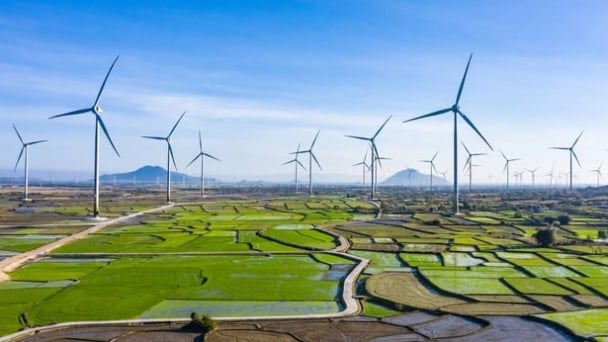
(VAN) As a doctoral student doing research on renewable energy and electrification at Harvard University, the author shares his musings on electricity, nature, and countryside memories.

(VAN) The decree on Extended Producer Responsibility (EPR) ensures transparent management and disbursement of support funds, avoiding the creation of a “give-and-take” mechanism.
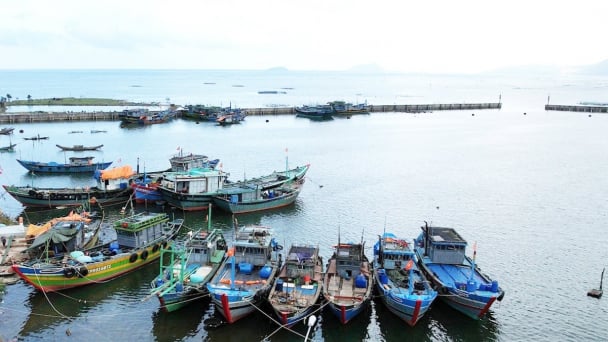
(VAN) Hue City rigorously enforces regulations regarding marine fishing and resource exploitation, with a particular emphasis on the monitoring of fishing vessels to prevent illegal, unreported, and unregulated (IUU) fishing.